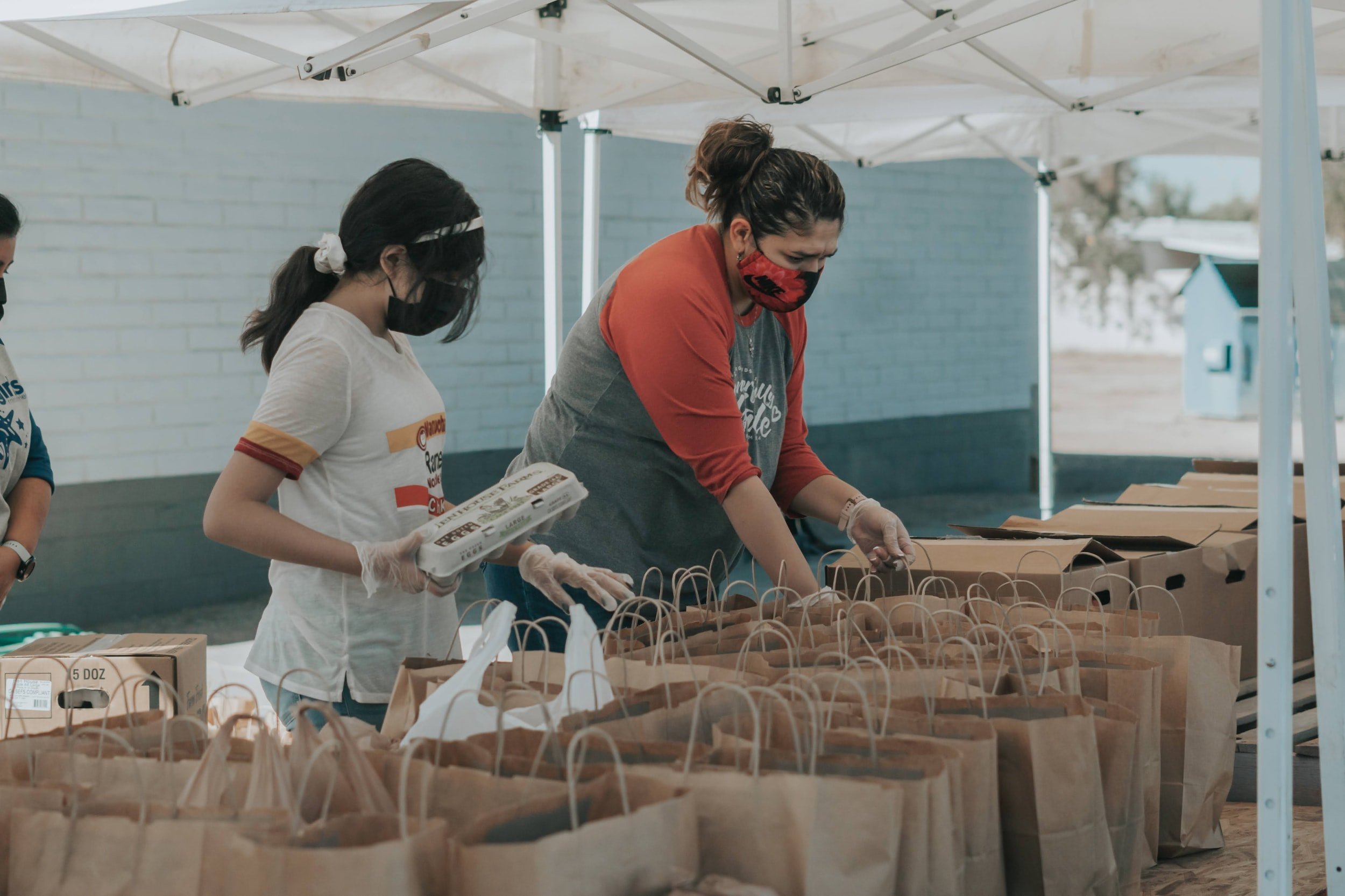United Against Inequities in Disease, or UAID, is a 501(c)3 organization focused on local communities, conducting our work in collaboration with local partners, and leveraging the power of research and an interdisciplinary approach to public health to affect sustainable change. Through UAID, we aim to both reduce health inequities in our communities today and also empower public health leaders of tomorrow.
THE UAID APPROACH
Community Projects
The UAID Community Project encapsulates UAID’s philosophy, values, and approach. It is an effort made by each team to achieve a meaningful, positive impact on health outcomes in their local community on a longitudinal time scale. These projects typically span one year and focus on a health inequity identified within the community. Through this project, members gain experience in utilizing mixed research methods, assessing health issues on the local level, and in planning, implementing and evaluating long-term projects. Members also have an opportunity to practice public health principles. The steps of the project are outlined below.
-

Step 1: Training and Preparation
Chapter leadership completes the UAID Health Equity and Community Project Trainings. Leadership responsibilities are defined, chapter is founded on campus, and community project timelines and deadlines are established.
-

Step 2: Community Health Needs Assessment
The Community Health Needs Assessment (CHNA) is conducted by the chapter to identify key health needs and issues through systematic, comprehensive secondary data collection from trusted resources.
-

Step 3: Selecting the Health Inequity
Based on CHNA findings, chapter leadership collectively selects a health inequity that they would like to address and community that they would like to work with through their project over the next 1-2 academic years.
-

Step 4: Forging Community Partnership
Chapter establishes a collaborative relationship with local organization(s) working to address the selected health inequity and community. The chapter follows the lead of the organization, respecting the long-term experience it has with the community.
-

Step 5: Project Proposal Development
In collaboration with the community partner(s), chapter leadership identifies a sustainable and longitudinal community project idea, timeline, projected costs or challenges, evaluative methods, and desired impact.
-

Step 6: Project Implementation and Data Collection
Project is implemented. Chapter leadership requests feedback from organization partner(s) and community members and conducts primary data collection, such as pre-implementation and post-implementation surveys.
-

Step 7: Project Evaluation
Chapter leadership develops a project deliverable (e.g., poster presentation, research paper) that serves as an evaluation and honest reflection of their impact. Key findings are synthesized and specific recommendations for further research or next steps are established.
-

Step 8: Reporting Findings
Chapter leadership presents the project deliverable to the organization partner(s) and community members. The chapter may also disseminate their findings at the annual UAID conference and/or publish their work in UAID’s peer-reviewed journal.
